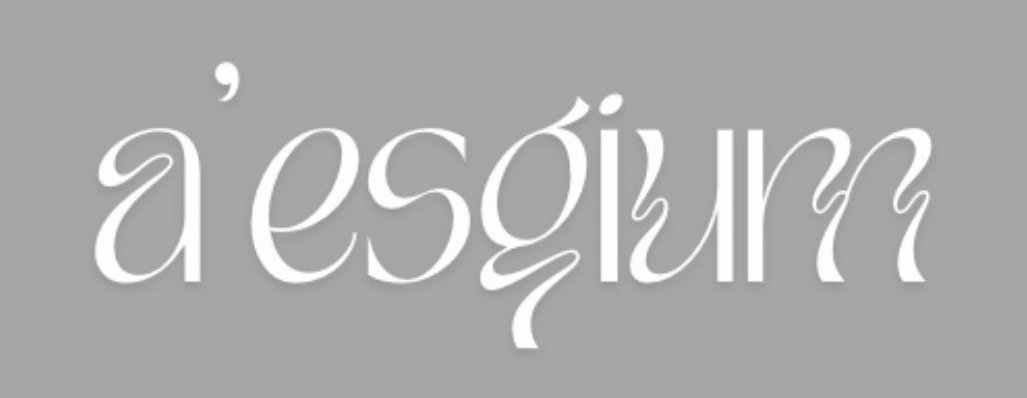Explore the Euribor’s rapid decline and its impact on mortgages. What challenges await in 2025 as central bank cuts slow down?
The Euribor is poised to conclude 2024 beneath the 2.5% threshold, marking the most significant reduction in mortgage rates since 2012. As we gaze into the crystal ball of 2025, what can we anticipate?
This year, the index has shattered expectations with an unprecedented velocity of decline. The catalyst? The substantial cuts anticipated from the central bank. While the trajectory of the Euribor suggests a continuation of declines into 2025, the pace is expected to moderate significantly. However, lurking in the shadows is some unwelcome news.
As 2024 draws to a close, the Euribor is set to finish at approximately 2.471%, a staggering 1.208 percentage points lower than the previous year. This represents the largest annual decline since 2012, leaving both analysts and financial markets to speculate on the future. The consensus suggests that while the Euribor will continue its downward trend, the reductions will be far less dramatic than those witnessed this year.
Forecasts, however, are not infallible; they serve as a navigational tool for potential future scenarios, yet the specter of unexpected developments always looms. The Euribor, in particular, has proven to be a capricious indicator, defying initial predictions. While analysts correctly anticipated a year of decline for the mortgage index, they underestimated the ferocity of its descent.
To comprehend the bewildering dynamics of 2024, one must first reflect on the tumultuous financial landscape that characterized the year. The onset of 2024 was rife with speculation regarding imminent rate cuts from both the European Central Bank (ECB) and the Federal Reserve, despite a lack of clear signals from these institutions. The ECB finally initiated cuts in June, followed by the Fed in September, revealing a disconnection between market expectations and central bank actions.
The financial markets had been pricing in a series of rate reductions that seemed to align with a potential global recession—an outlook that few foresaw. Yet, the Euribor began to reflect this scenario early in the year, trading significantly lower than other maturities.
The rationale behind this phenomenon lies in the anticipation of rate cuts. Although central banks were slow to respond to market pressures, by year-end, their actions were not entirely misaligned with market expectations. The ECB ultimately executed four rate cuts in 2024, reducing the deposit rate from 4% to 3%.
Contrary to the anticipated economic collapse, the year unfolded with a less dire economic reality. While Europe, particularly Germany, faced a more somber outlook, the U.S. economy exhibited signs of cooling, and inflationary pressures began to dissipate. The Euribor’s significant declines commenced in the latter half of the year, coinciding with the realization of rate cuts.
Analysts had predicted that these cuts would precipitate a decline in the Euribor, yet they did not foresee the index’s rapid descent. The Funcas panel’s January 2024 forecasts, which aggregated insights from 19 research services in Spain, projected the Euribor to close the year at 3.27%, while Bloomberg analysts anticipated a slightly higher 3.4%. Despite fluctuations in Euribor market bets during the first half of the year, the futures contracts in January 2024 accurately reflected the index’s trajectory, missing the mark by mere tenths.
With the Euribor settling at 2.47%, homeowners with a 30-year mortgage of €140,000, featuring a differential of 1% and an annual review, can expect their payments to decrease from €724.33 to approximately €626.32—a welcome relief indeed.
As we turn our gaze to 2025, it appears that the dual forces of market expectations and expert forecasts are beginning to align regarding the Euribor’s trajectory. Barring any unforeseen upheavals that could rival the surprises of 2024, it is anticipated that the index governing variable-rate interest mortgages will continue its decline. However, the reductions are projected to be more modest, with a potential cut of around 50 basis points on the horizon.
Financial swaps utilized by investors to hedge their positions suggest that the ECB may elevate interest rates above 1.75% by October, indicating that the Euribor is unlikely to deviate significantly from this path. Futures contracts maturing in December 2025 indicate a projected Euribor of 1.9%, with Bloomberg analysts forecasting a slightly lower 1.85% by year-end. Should these predictions materialize, the Euribor could settle just below the 2% mark.
The caveat, however, is that neither the market nor analysts foresee further declines extending into 2026, leaving us to ponder the implications of this stabilization in the years to come.









